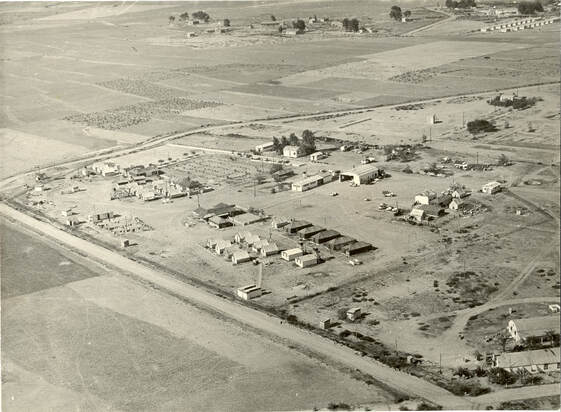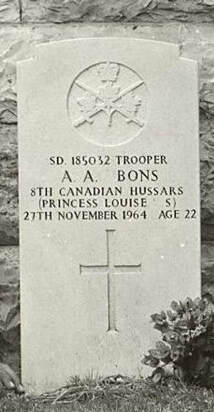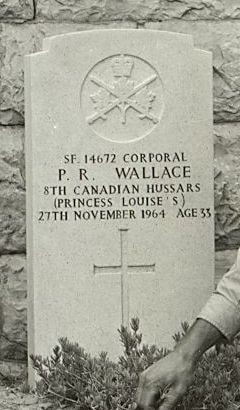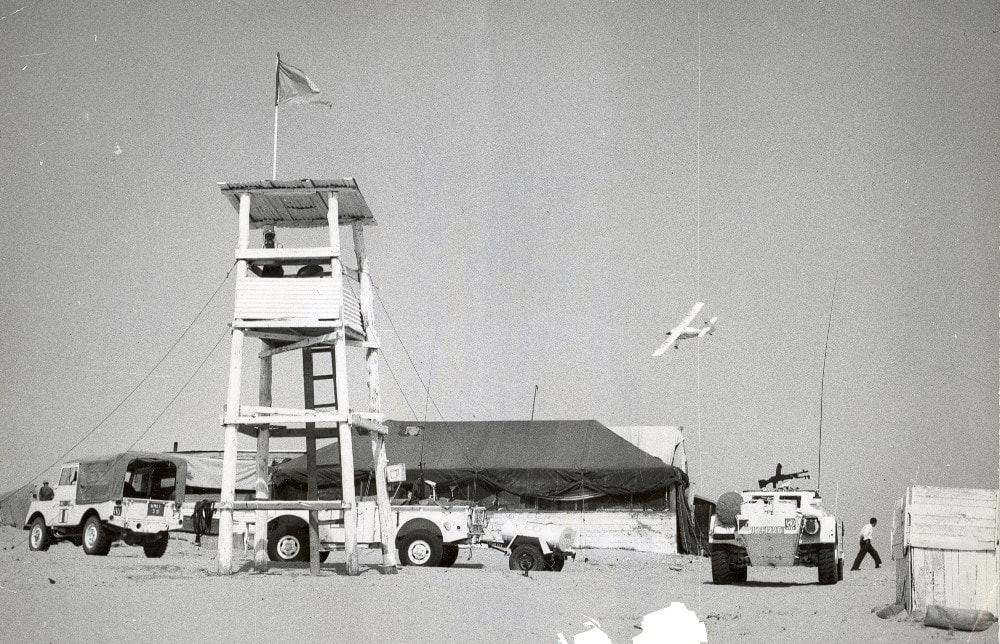In terms of logistics, the Squadron was divided into troops. This ensured that they had sufficient manpower to maintain a continual presence along their defensive line. Moreover, it allowed for the rotation of soldiers into, and out of, the demarcation zone. Finally, this arrangement allowed the frontline soldiers to be taken from the line for rest and relaxation. The Hussars would be equipped with American Jeeps, sidearm's, and several Browning machine guns for good measure. Fully equipped, the Hussars would be subsumed in their peacekeeping duties. The border area falling under the operational control of the United Nations was beset by several challenges. First, the Hussars had to be vigilant of the operations being conducted by the Israelis and Arabs on both sides of the border. However, a more pertinent issue was the constant violations of the border by the Bedouins, nomads, and Palestinians. This could often raise the ire of Israeli soldiers resulting in skirmishing. While this proved challenging, it was not the most pressing danger experienced by the Hussars. They had to contend with thousands of mines, which remained buried following the disengagement of the Israelis and Egyptians.
A Squadron would relieve D Squadron in February of 1965. These Hussars set out to improve the relationship with the indigenous peoples. This included providing provisions for the Bedouins and engaging with local leaders. The most serious event of the Squadron's deployment occurred when one of the Squadron's personnel threatened other Hussars with his sub-machine gun. Fortunately, this threat was quickly neutralized. Ultimately, a lively social life sprang-up for the Hussars. There were dances and inter-squadron sports to keep the peacekeepers occupied.
A Squadron would be the last of the Hussars to participate in Peacekeeping with the UNEFI in Gaza. At the end of 1965, the Squadron was informed that they would be rotated out. A Squadron would lower their flags in February of 1966. Their positions would be taken up by the Brazilians in the North and the Yugoslavs in the South. While no additional Hussars would go on to serve in Egypt, this would not be the last Peacekeeping mission for the 8th Canadian Hussars.
Bibliography
Information Technology Section/ Department of Public Information. United Nations Emergency Force I https://peacekeeping.un.org/en/mission/past/unefi.htm
Sabretache, 8th Canadian Hussars (Princess Louise's). Issue 1/66. CFB Petawawa, 30 June 1966
Sabretache, 8th Canadian Hussars (Princess Louise's). 1964
The 8th Canadian Hussars (Princess Louise's) 1962-1987



